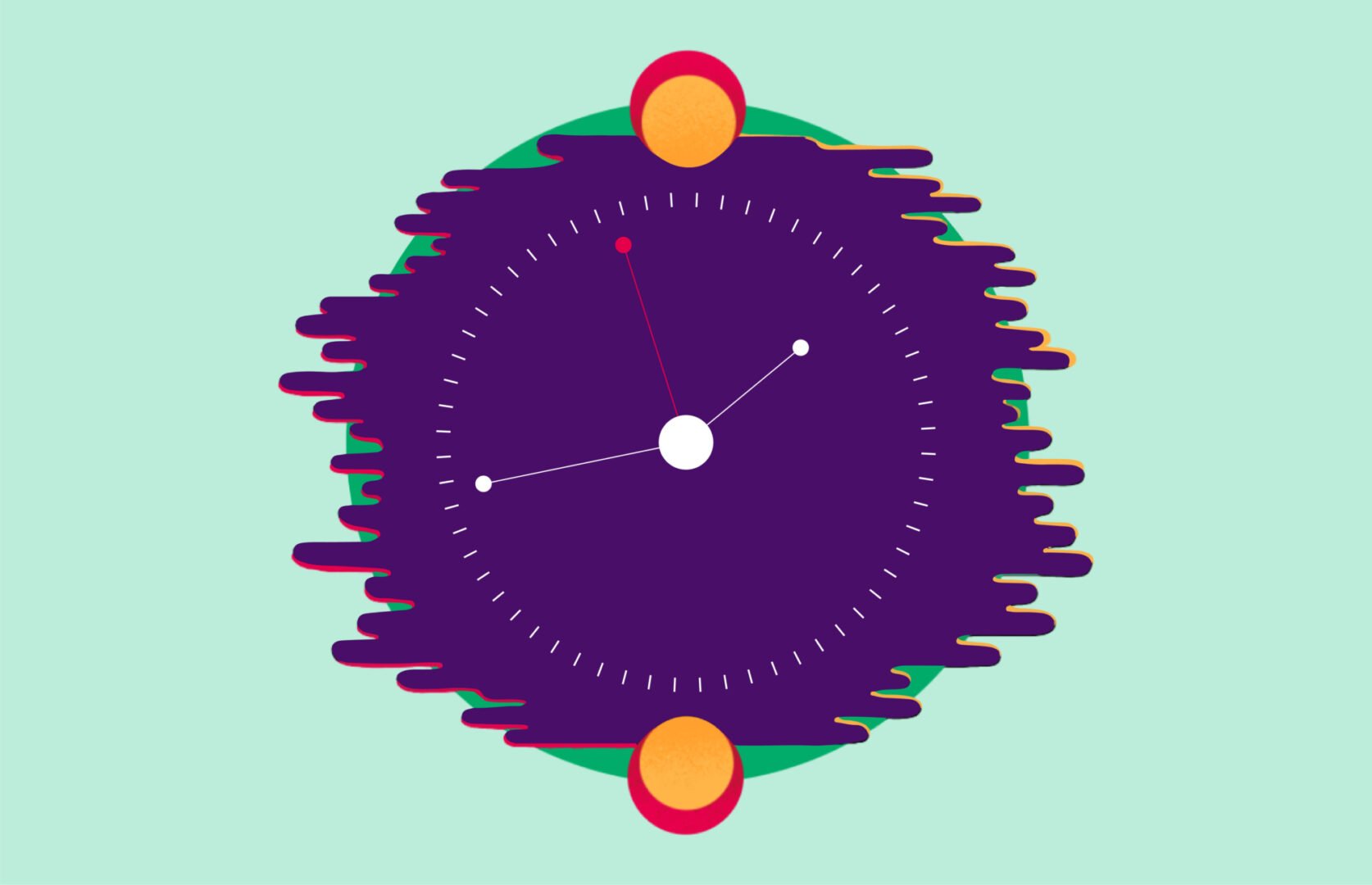Save The Adplanet! A Case For Creative Sustainability.
Illustration by Will Maynard
If you’re expecting to read about topics such as eco-friendly video shoots and decreasing the carbon footprint of NFTs — in the adulterated words of Obi-Wan Kenobi, “This is not the sustainability article you’re looking for.” Today, I’d like to turn your attention toward something far less important for the planet and humankind, but still of concern to us fragile ad creatures. Let’s talk…creative sustainability.
What The Hell Is “Creative Sustainability”?
Striving for a sustainable agency/client relationship is a concept I first heard from Matt Mattox, Group Account Director at The Martin Agency. He used it to describe the ideal state for any healthy advertising partnership. More flywheel and less fly-by-night, if you will. Here’s what it means in a narrower creative context: the ability for ideas and their creators to maintain themselves (and, crazy talk — actually flourish) over time.
At this current moment, I believe adland has found ourselves beyond a tipping point for sustainable creative output. This is not a new observation by any means; we’ve all noticed timelines crunching, budgets tightening, deliverables multiplying and people getting crispier year after year. The one thing that rarely gets discussed amidst this ratcheting pressure cooker is the quality of work. Perhaps we flatter ourselves too much and assume that, given mounting stress from every possible angle, at least the work doesn’t suffer. But alas, it does. More disposable ideas make agencies more disposable and speed up the need for even more disposable thinking.
Heyyy, Not So…Fast
We need to start looking at the creative process as more than just squares on a calendar, easily condensed with no repercussions. Would you dramatically shorten the length of an airport runway to save money on asphalt? And we must look at the creators as more than thinking machines who can be pushed to the breaking point, then repaired or replaced.
The problem is, it’s impossible to quantify what could have been if only given more time. When I attended portfolio school at The Creative Circus, my teacher Dan Balser once illustrated this in a memorable way. He held up a clear ballpoint pen and said: “Sometimes your best idea is here [points at one end of ink cartridge]; sometimes it’s here [points at other end], and there’s only one way to find out.” No one will ever know if you left “Got Milk?” or “Most Interesting Man” trapped inside your proverbial pen.
Then there’s the matter of mental health. Unlike technical advancements on the assembly line, our brains haven’t gotten a hardware update in the past few centuries. Sure, laptops and Google help, but thinking is still thinking. Yet the age-old, industry-wide Cult of Chaos tends to prevail, in which workaholic martyrdom gets applauded rather than reprimanded and teams are thrown willy-nilly at briefs like infantry at fortress walls. No wonder we’ve seen the much-publicized Great Ad Resignation, with workers pulling the ripcord in search of something better.
Efficiency And Creativity: Mix With Care
As Alex Murrell notes in his article “The Errors of Efficiency,” our industry has long been infatuated with making teams leaner, processes more agile and outputs more optimized. ’Tis a noble and logical pursuit. And we certainly are more agile than ever, which can be quite helpful — but only if this agility operates on a strong creative and strategic foundation. Thus Murrell cautions that “efficient doesn’t necessarily mean effective” and “more productive doesn’t necessarily mean more powerful.” There is a point of diminishing returns and sometimes we pass it going 100mph.
Creativity in advertising has less in common with an assembly line cranking out widgets and more in common with a band making an album. Cue perfect segue to Peter Jackson’s recent Beatles documentary, “Let It Be.” The three-part series is painfully tedious, boring and, as The Guardian proclaimed, “eight hours of TV so aimless it threatens your sanity.” Through one lens, you could say that knocking out a legendary album in a few weeks is pretty amazing. But through the lens of efficiency, you might raise your eyebrows at how The Beatles spent most of their time singing in funny voices, arguing, smoking, drinking, snacking and covering songs by other artists. Oh, and they also took the weekends off. Remove all that wasted time and they probably could’ve finished the album in a few days, right?
Nay. In reality, meandering is precisely what leads to the best end product. One person’s waste is another person’s fuel. It’s the same reason you don’t smush a hamburger on the grill, squeezing out all the fat. It will no doubt cook faster, but in the absence of all those delicious juices, it will taste like a pile of Ringo’s mustache clippings.
The Power Of A Proper Schedule
By now you may be screaming at your screen (screenming?) that you know exactly what I’m angling for. MORE TIME. Well, you’re half-right. I am asking for time. But not all the time in the world. Just a reasonable amount of time given the brief, goals and deliverables. If Popeye’s had waited another few days to craft its “Y’all good?” tweet, the cultural moment would have passed and the Chicken Wars would have been resolved via a mix of deep-fried diplomacy and condiment de-escalation. However, if you’re asking for a meaningful reimagining of your brand that will double sales, trend on TikTok and win hearts and minds for years to come, then giving creatives under 48 hours before their first CD check-in may be selling yourself short.
In his delightful book “Creativity: A Short and Cheerful Guide,” comedy legend John Cleese extols the virtues of time. Specifically, consistent chunks of time devoted to deep work. He even goes so far as to say “the greatest killer of creativity is interruption.” It’s not just anecdotal, either. Research suggests that it takes up to 25 minutes to get back into a state of focus after only a small interruption. In other words, you can’t be running around with your hair on fire if you hope to tune in to the subtle signals of your subconscious.
But what’s the harm, really? We’ve all worked on insanely fast briefs and seemed to pull rabbits out of hats. When confronted with too little time, I believe that creatives tend to fall back on a variety of parlor tricks. Things we know will work in a room. Ideas that feel like they’re big and important, though perhaps lack true substance. The resulting work is enough for everyone to feel good about and keep their jobs, but not good enough for everyone in the real world to be talking about it a week later. And THAT is the most dangerous advertising of all — the invisible kind.
A Watched Creative Pot
Every client says they want the next “Just Do It” or their version of the GEICO Gecko, yet not everyone is willing to do what it takes. To invest in a process that is more likely to create such fame and sustaining power.
What does this revolutionary approach require? Doing the hardest thing of all: nothing. No looking over shoulders. No parallel pathing contingency plans. No “throwing more bodies at it” just to be safe. Instead, we should stand back from the creative pot for a couple more beats than we’re comfortable with and let the water come to a full, rolling boil.
I’m lucky enough to work with clients who respect time as a key ingredient in the process, so I can testify to the benefits. It’s not blind trust by any means. Since our partnership began in 1994, GEICO has seen its investment rewarded with ideas that have stuck to people’s brains and that have helped build up a brand, brick by neural brick. With each new brief, our team’s daunting task is simply to uphold our end of the bargain, to use and never abuse this precious gift of time. It’s as fair a deal as you can find. And in an industry that measures relationships by the quarter, working together for almost three decades seems about as sustainable as anyone could hope for.
Betting On Ourselves
There are no guarantees in advertising, but there are odds. In the instances when we give calendars and creativity their due respect, the chances of a more sustainable outcome will increase. Of course this is easier said than done and simply not possible for certain projects. In my experience, it’s much easier to start a new agency-client relationship on the right foot versus conceding early, then trying to fight for time and creative value down the road.
Just imagine the possibilities. More creatives who have time to think deeply about a problem and who feel more ownership of brands and briefs. More ideas that entertain masses and intertwine with culture. Longer-lasting characters and campaigns that actually feed off themselves. Stronger foundations on which to put our agility and versatility into full effect. More employees who are not just successful at work, but who have time to be inspired by the world around them.
In adland, time and talent are our most valuable resources. Let’s use them wisely or run the risk of using them all up.


